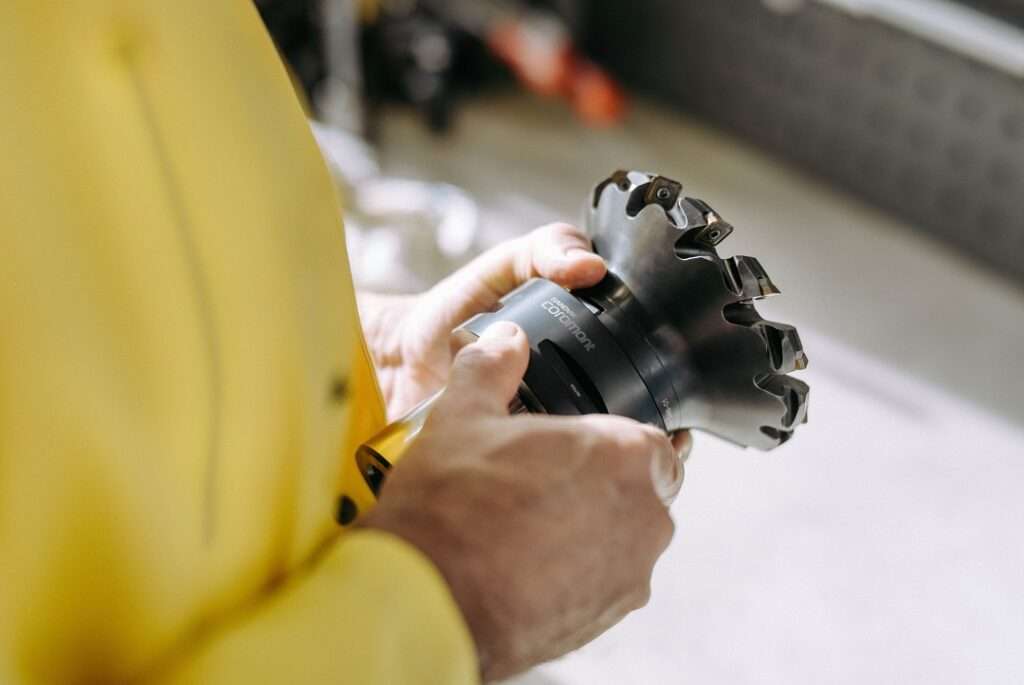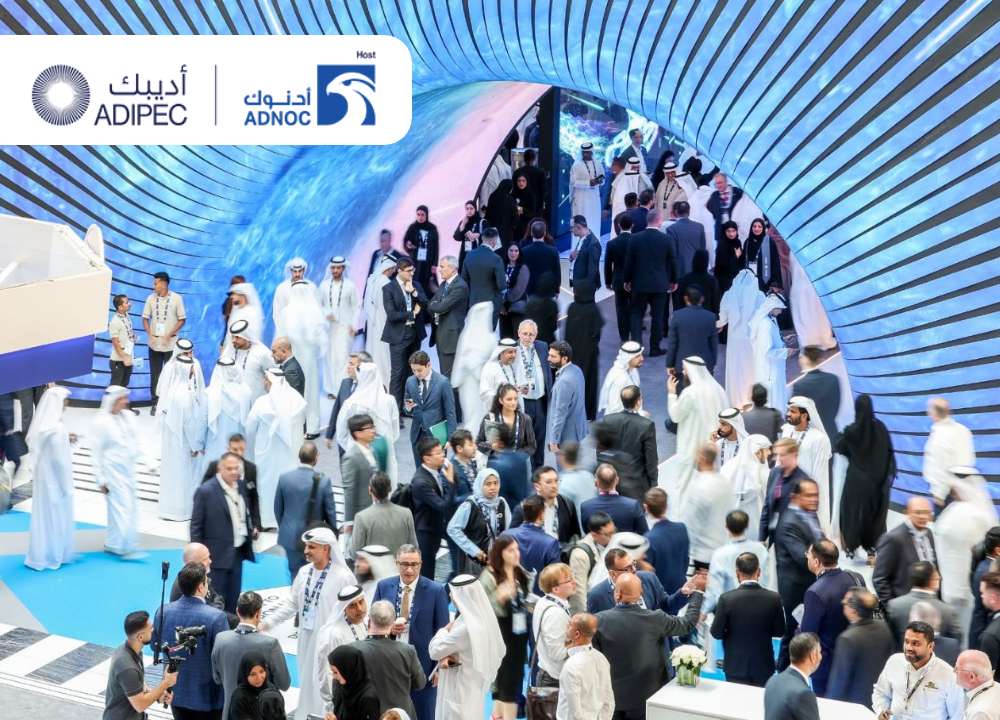Please ask yourself if the air you are breathing on your CNC machine shop floor is clean or not—an important question to consider. Sachin Sinha, Director at Air Seiki India, accentuates the importance of eliminating oil mist and coolant mist from the CNC machine shop floors and the awareness towards hazards and damages caused by the airborne mist particles in our manufacturing environment.
It is crucial to understand and analyse how clean the air in industrial workshops is and how this can contribute to essential subjects like ISO 45001 (Occupational Health & Safety) standard and Sustainable Development Goals 3 (Good Health & Well Being) & 13 (Climate Action) – helping to protect the environment and health & safety of workers.
If you are working in a metal related manufacturing environment where operations like milling, drilling, turning, grinding, honing, gear hobbing, hardening, parts washing etc., are carried out, there is a high chance that you are breathing the airborne mist particles provided your workplace does not have the protection system installed. Generally, operations like this uses one or other kind of fluid, coolant, oil, or lubricant which, when undergoes high temperature and pressure zone during the operation, emits particles of very small size (<1 micron also in some applications) which spreads and gets mixed with the air. Usage of these fluids cannot be avoided completely as it aids the manufacturing process for some or other type of improvement.
The size of the mist particles depends on a few factors like viscosity (in straight oils) or concentration (in water miscible fluids), coolant/ oil pressure, cutting parameters (speed and feed) etc. but in general it can go below 1 micron also which is capable of penetrating deep into our lung tissues to induce permanent damage therefore it is considered very harmful for human health. Additionally, oil or coolant mist may also cause accidents such as floor-slips, fires, and damage to factory equipment, hence considered a nuisance which needs to be eliminated.
Extraction of oil mist has been in existence, but traditional systems worked more like the exhaust systems which typically transferred the particles from the shop floor to the external environment. With strict regulations from the industrial pollution control agencies coming into effect, it is important that the mist particles are removed and eliminated at the source itself instead of being thrown to the external environment.
OSHA (Occupational Safety and Health Administration) formerly had a limit of 5 mg/m3 as an 8-hour Time Weighted Average (TWA) for oil mist. The Agency proposed to retain 5 mg/m3 as an 8-hour TWA permissible exposure limit (PEL) and to add 10 mg/m3 as a 15-minute short term exposure limits (STEL); however, the final rule retains the former 8-hour TWA but does not add a STEL. The American Conference of Governmental Industrial Hygienists (ACGIH) has a 5-mg/m3 Threshold Limit Values-TWA limit and a 10-mg/m3 Threshold Limit Values -STEL for oil mist (mineral), which refers to the airborne mist of petroleum-based cutting oils or of white petroleum oil; the odor of this substance is described as like that of burned lubrication oil. The Agency concludes that the existing 8-hour TWA limit will protect exposed employees against the significant risks of eye and respiratory tract irritation potentially associated with exposures to mineral oil mist. OSHA finds that these eye and lung effects constitute material impairments of health. (source: https://www.cdc.gov/)
Manufacturing Environment: Indian Scenario
Employees in India are protected from exposure to dust and fume under Section 14 (1) of the Factories Act, 1948 which extends to the whole of India. The Act states:
“In every factory in which, by reason of the manufacturing process carried on, there is given off any dust or fume or other impurity of such a nature and to such an extent as is likely to be injurious or offensive to the workers employed therein, or any dust in substantial quantities, effective measures shall be taken to prevent its inhalation and accumulation in any workroom, and if any exhaust appliance is necessary for this purpose, it shall be applied as near as possible to the point of origin of the dust, fume or other impurity, and such point shall be enclosed so far as possible.”
Oil mist elimination by Air Seiki in our Manufacturing Environment
Air Seiki design, develop and manufacture standalone mist collectors which are suitable for eliminating mist from challenging applications like machining, surface grinding, tool grinding, gear hobbing, parts washing etc., Its mechanical series of mist collector uses a multi stage filtration system starting from the first stage metallic coarse coalescer to block metal chips, dust and large size mist particles, followed by second stage semi-fine coalescer filter made of non-woven semi synthetic F5 grade without the chemical binder, & then the final stage F8 grade fine coalescer of borosilicate glass microfiber. For demanding applications of straight cutting/ grinding oils with high pressure delivery to the application, the final stage is replaced with H13 grade to provide 99.9% efficiency on submicron particles upto 0.3 microns (μm).
Air Seiki oil mist collectors offer a cost-effective solution to ensure that oil mist is eliminated at source before it has a chance to spread into the air you breathe. Very easy to maintain and a condensed design to be mounted directly on the machine tool helps in implementation in the manufacturing process without difficulty.







